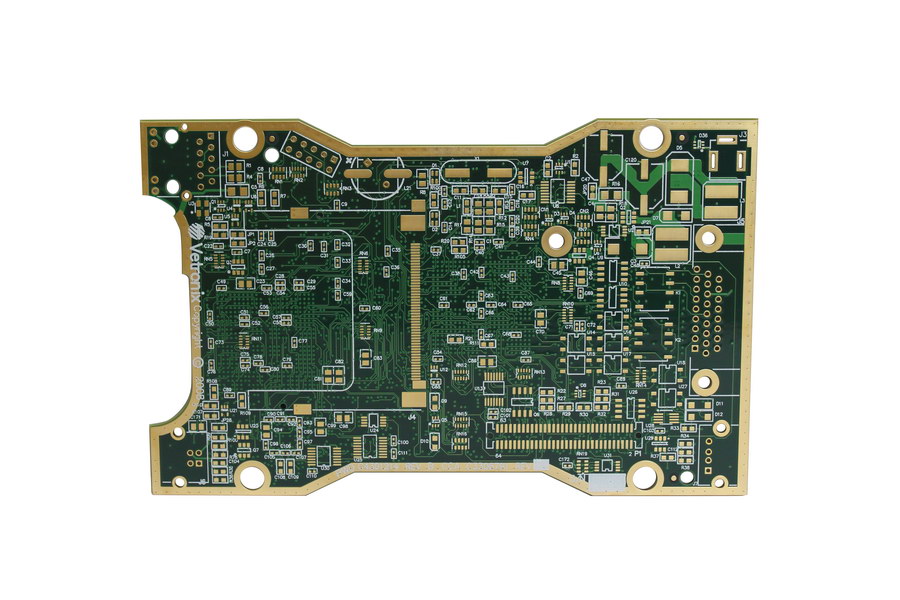From advanced flexible options to odd-shaped varieties, PCBs have become more diverse in today’s electronics world. Particularly popular, however, are multilayer PCBs. From a technical point of view, multilayer PCBs have several advantages in terms of design. These advantages of multilayer PCBs include:
Small Size: One of the most prominent and much-appreciated benefits of using multilayer PCBs is their size. Due to its layered design, multilayer PCBs are inherently smaller than other PCBs with similar functionality. This brings huge benefits to modern electronics as the current trend is towards smaller, more compact yet more powerful gadgets such as smartphones, laptops, tablets and wearables.
Lightweight construction: With smaller PCBs, the weight is lower, especially since the multiple connectors required for the interconnection of single-layer and double-layer PCBs are eliminated, in favor of multi-layer designs. Again, this is good for modern electronics, which lean more towards mobility.
High Quality: Due to the amount of work and planning that must be done when manufacturing multilayer PCBs, these types of PCBs tend to work better than single-layer and double-layer PCBs. Therefore, they are also more reliable.
Improved Durability: Multilayer PCBs tend to be durable by their very nature. Not only must these multilayer PCBs bear their own weight, but they must also be able to handle the heat and pressure used to bond them together. In addition to these factors, multilayer PCBs use multiple layers of insulation between circuit layers, bonding them together with prepreg adhesives and protective materials.
Enhanced flexibility: While this does not apply to all multilayer PCB assemblies, some do employ flexible construction techniques, resulting in flexible multilayer PCBs. This can be a very desirable characteristic for applications where slight bends and bends may occur on a semi-regular basis. Again, this doesn’t apply to all multilayer PCBs, and the more layers you add to a flex PCB, the less flexible the PCB will be.
More powerful: Multilayer PCBs are extremely high-density components that combine multiple layers into one PCB. These close distances make the boards more connected, and their inherent electrical properties allow them to achieve greater capacity and speed, despite their smaller size.
Single Connection Point: A multilayer PCB is designed to function as a single unit, rather than in series with other PCB components. As such, they have a single connection point rather than the multiple connection points required with multiple single-layer PCBs. This proves beneficial in electronic product designs as well, as they only need to include a single connection point in the final product. This is especially useful for small electronics and gadgets designed to minimize size and weight.
These advantages make multilayer PCBs useful in a variety of applications, especially mobile devices and high-function electronics. In turn, multilayer PCBs are finding their place in an increasing number of industry-specific applications as many industries turn to mobile solutions.
Post time: Dec-17-2022





